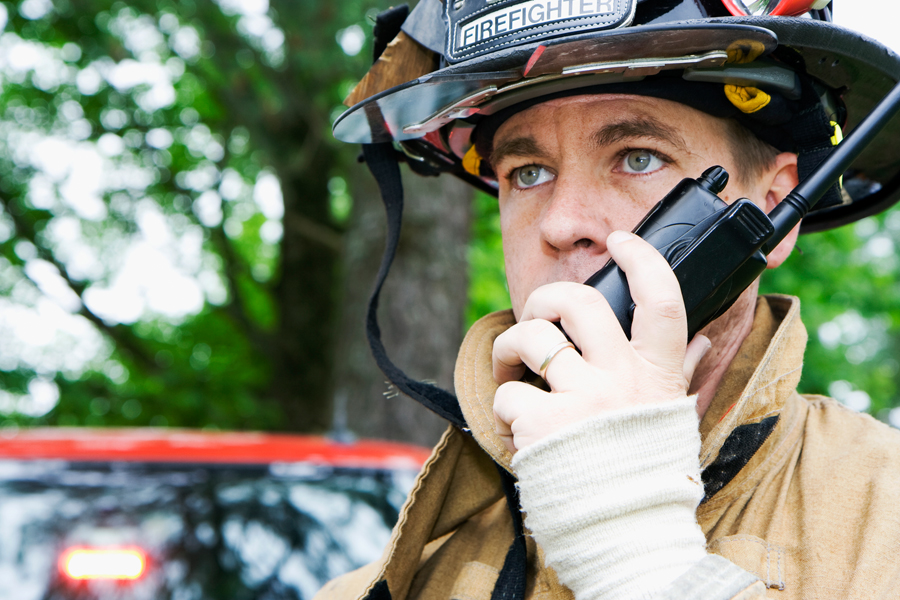To mark the arrival of the new Honoring First Responders stamp, here are five things you may not know about these public servants.
1. St. Florian is the patron saint of firefighters. Legend has it that before his death in 304 A.D., Florian extinguished a massive fire with only a single bucket of water, saving an entire village from ruin. He’s honored every May 4 on International Firefighters’ Day, which began in 1999 after five firefighters died in Australia under tragic circumstances.
2. Teachers can be first responders. Approximately 20 states mandate that schoolteachers be trained in CPR and first aid. Nontraditional first responders also include park rangers, scuba divers and others who receive medical care training because they are likely to be first on the scene during medical emergencies.
3. National Peace Officers Memorial Day is May 15. In 1962, President John F. Kennedy designated the week in which this day falls as National Police Week. Today, tens of thousands of law enforcement officers converge on Washington, DC, to participate in planned events that recognize fallen officers.
4. There are Community Emergency Response Teams (CERTs) in all 50 states. The CERT Program educates local volunteers about disaster preparedness and trains them in basic disaster response skills, such as fire safety, light search and rescue, and disaster medical operations. The program is administered by the Federal Emergency Management Agency and supports communities across the country.
5. Each bar on the “Star of Life” represents one of six emergency medical service (EMS) functions. The symbol is synonymous with emergency medical care and can be found on ambulances, medical equipment and apparel worn by EMS providers. The points of the star represent detection, reporting, response, on-scene care, care in transit and transfer to definitive care.
Got ideas for future editions of “The list”? Email them to uspslink@usps.gov.
